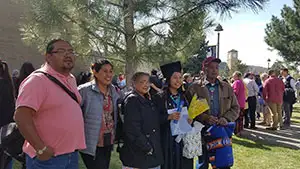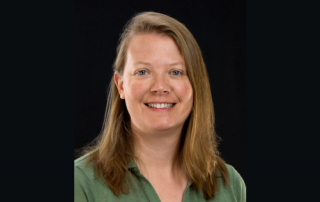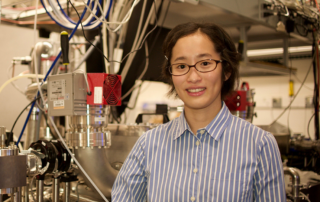Family legacies that grew from FLC
The Sells-Wheeler Family By Natalia Sells
My name is Natalia Sells (Business Management, ‘18) and I am a second-generation Fort Lewis College alumna. My parents, Earlisa Sells (Student-Constructed Major, ‘06) and Leon Wheeler (Psychology, ‘06 and Student-Constructed Major, ‘07), started at FLC in 2004 when I was 10 years old.
Since we lived in Shiprock, New Mexico, my father commuted to Durango for his lecture classes every other day. Often, he would sleep in the family truck to save on gas and money. Sometimes he would take my siblings and me to the College, where he would reserve a corner window study hall room on the second floor of the Education Business Hall. I remember reading my book and looking out the window at the students changing classes. My younger sister, then three years old, sometimes sat with Dad in his lecture classes…







